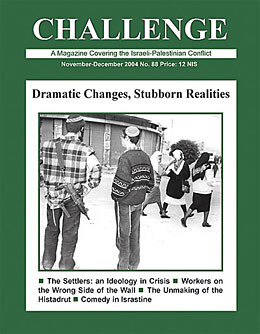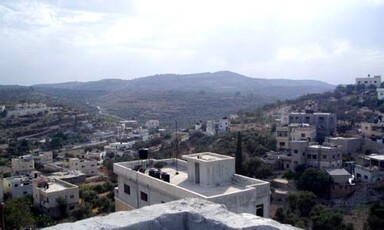
The Bag of Aeolus
5 November 2004
Two days in October 2004 may have brought new winds into the Israeli-Palestinian conflict, but no one can say which way they will blow. These stirrings came after eighteen months of political standstill, which led Prime Minister Ariel Sharon to initiate a plan for unilateral disengagement from Gaza and part of the West Bank. On October 26, the Knesset approved this plan by a margin of 66-44. The next night, suddenly, a new possibility raised its head. The health of Yasser Arafat, President of the Palestinian Authority (PA), took a sudden turn for the worse. Read more about The Bag of Aeolus








